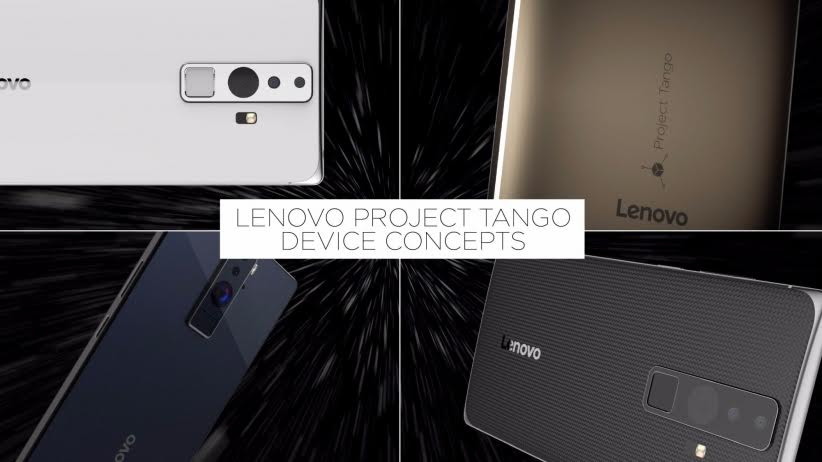LAS VEGAS – Computer technology company and smartphone maker Lenovo announced that is has partnered with Google to develop a Project Tango-enabled smartphone at the Consumer Electronics Show in Las Vegas.
Johnny Lee, a member of the Tango team at Google, said that the sense of space and motion provided by Tango will now be built into a mobile phone.
“We can use the room around us to play games, and hide behind the furniture,” Lee said. “Project Tango creates a magical window.”
“To break new ground in today’s hyper competitive smartphone and tablet industries, we must take innovation risks — it’s the only way to truly change the way people use mobile technology,” Chen Xudong, senior vice president and president of Lenovo.
Project Tango is the technology platform developed by Google that uses computer vision, depth sensing and motion tracking to create on-screen 3D experiences. A sensor in the Project Tango device captures 3D dimensions of the room, and uses motion sensing technology to react to the user’s movements, such as when they move forward and backward.
The substantial processing power needed to run depth-enabled applications in real time will be provided by a Qualcomm Snapdragon SoC. The phone is expected to be available this summer and priced under $500. Along with the announcement of the phone, Lenovo and Google put out a call for app developers to create solutions it can showcase on the phone when it is ships. Those interested can submit through Google’s Tango incubator site.
“Using the sensor in the device, Project Tango devices can also capture the 3-D dimensions of the room, giving measurements that can be used to help you when shopping for furniture or decorations,” Lenovo and Google said in a joint statement.
Meredith said the smartphone will have a screen that’s under 6.5 inches, diagonally. More than 5,000 developers are already engaged in making apps, Meredith said. Lowes is working on an augmented reality e commerce app based on Project Tango. In that app, the user can figure out if a refrigerator would fit in his or her kitchen. Google is seeking more apps through a developer search initiative with a deadline of Feb 15.
With Tango’s technology, the mobile device can use the sensors to detect the physical space around it, and then it can insert the animations into that 3D space. So you can hunt through your own home for those killer robots and shoot them with your smart device.
Along with creating compelling applications for Tango and getting the hardware shrunk to the size of a phone, the largest challenge will be the user experience. Lenovo’s Jeff Meredith was quick to point out that the new phone’s design has been driven by user experience requirements. However, there is currently a core issue with Tango applications: They just aren’t as easy as the demos make them look. I took a Tango developer tablet and spent some time building a 3D model over various rooms, to see for myself. It took a lot of practice before I learned how fast I could move the device so that the model wasn’t a mess. Even then, if I wasn’t careful about how I scanned a room, the piece of it would overlap each other in unnatural ways.


